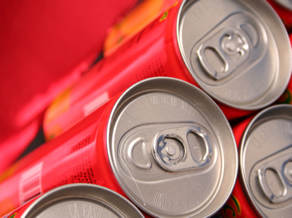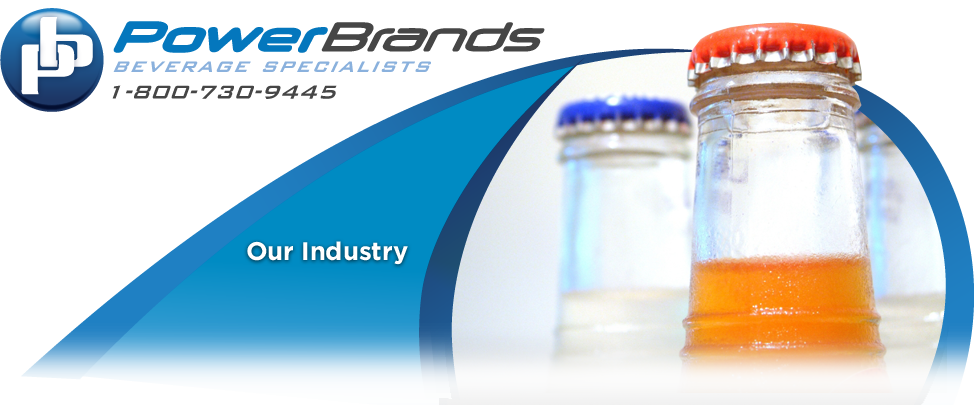Beverage Cans

 In
the United States beverage cans are most often made of aluminum,
beverage cans made in Europe and Asia are made from an alloy
consisting of approximately 55% steel and 45% aluminum. In
the United States beverage cans are most often made of aluminum,
beverage cans made in Europe and Asia are made from an alloy
consisting of approximately 55% steel and 45% aluminum.
The aluminum used to make beverage cans is widely available,
affordable, lightweight and easy to shape. It is far more cost
effective to recycle aluminum beverage cans than to extract
the raw aluminum from its ores. For this reason aluminum beverage
cans are the most recycled of all beverage packages.
An aluminum beverage can has an internal coating to prevent
the contents from directly contacting the aluminum. This helps
maintain the integrity of the beverage that is in the can.
In today’s dynamic beverage can industry the printing
process has become so advanced that some can manufacturers
can print almost as well on cans as they can on paper labels.
This has made the aluminum beverage can a more popular choice
than ever for beverage manufacturers.
Sleek beverage cans, a new style of beverage can that is now
available, utilize innovative and new age shapes to attract
consumer attention. For this reason sleek beverage cans have
become increasingly popular and an effective marketing tool
for beverage companies. The latest technology in custom beverage
cans allows for the production of many different shapes and
sizes from subtle to highly innovative asymmetrical designs
with fine detail and significant expansion capability.
Here is a brief description of the beverage canning process;
Beverage canning typically starts with water being treated
and cleansed to meet exacting quality-control standards, usually
exceeding the quality of the local water supply. This process
is critical to achieving a high quality beverage with a consistent
taste profiles. The treated water is piped into stainless-steel
tanks of different sizes.
In the next stage various ingredients are added and mixed
in batching tanks, these are smaller holding tanks used to
make syrup. The syrup can include ingredients such as liquid
sugars like fructose or sucrose, non-nutritive sweeteners such
as aspartame or saccharin, color, flavors, nutraceuticals,
preservatives as well as a host of other ingredient options.
Once the syrup is ready it is pumped into much larger tanks
where it is mixed with more water to create a finished solution
ready for packing.
If the product is going to be carbonated (absorption of carbon
dioxide (CO2)) beverages are cooled using large, ammonia-based
refrigeration systems. Carbonation is what gives carbonated
products their effervescence and texture. CO2 is stored in
a liquid state and piped into carbonation units as needed.
This process can be manipulated to control the required rate
of beverage absorption. Depending upon the product, soft drinks
may contain from 15 to 75 psi of CO2. Fruit-flavored soft drinks
tend to have less carbonation than colas or sparkling water.
Once carbonated, the product is ready to be dispensed into
the beverage cans.
The filling room usually is separated from the rest of the
facility, protecting open product from any possible contaminants.
This highly automated filling operation requires a minimal
number of personnel. Filling room operators monitor the equipment
for efficiency and adding any components that are needed during
this beverage canning process. Empty beverage cans are transported
automatically to the filling machine via bulk material-handling
equipment.
Once all of the beverage cans are filled they are automatically
packed into trays and then shrink wrapped. This finished case
of beverage cans is them placed onto pallets by a palletizer
and wrapped with plastic wrap ready for shipping.
If you are interested in finding out more about the beverage
filling process contact us today and let us help you start
bottling beverages.
|

